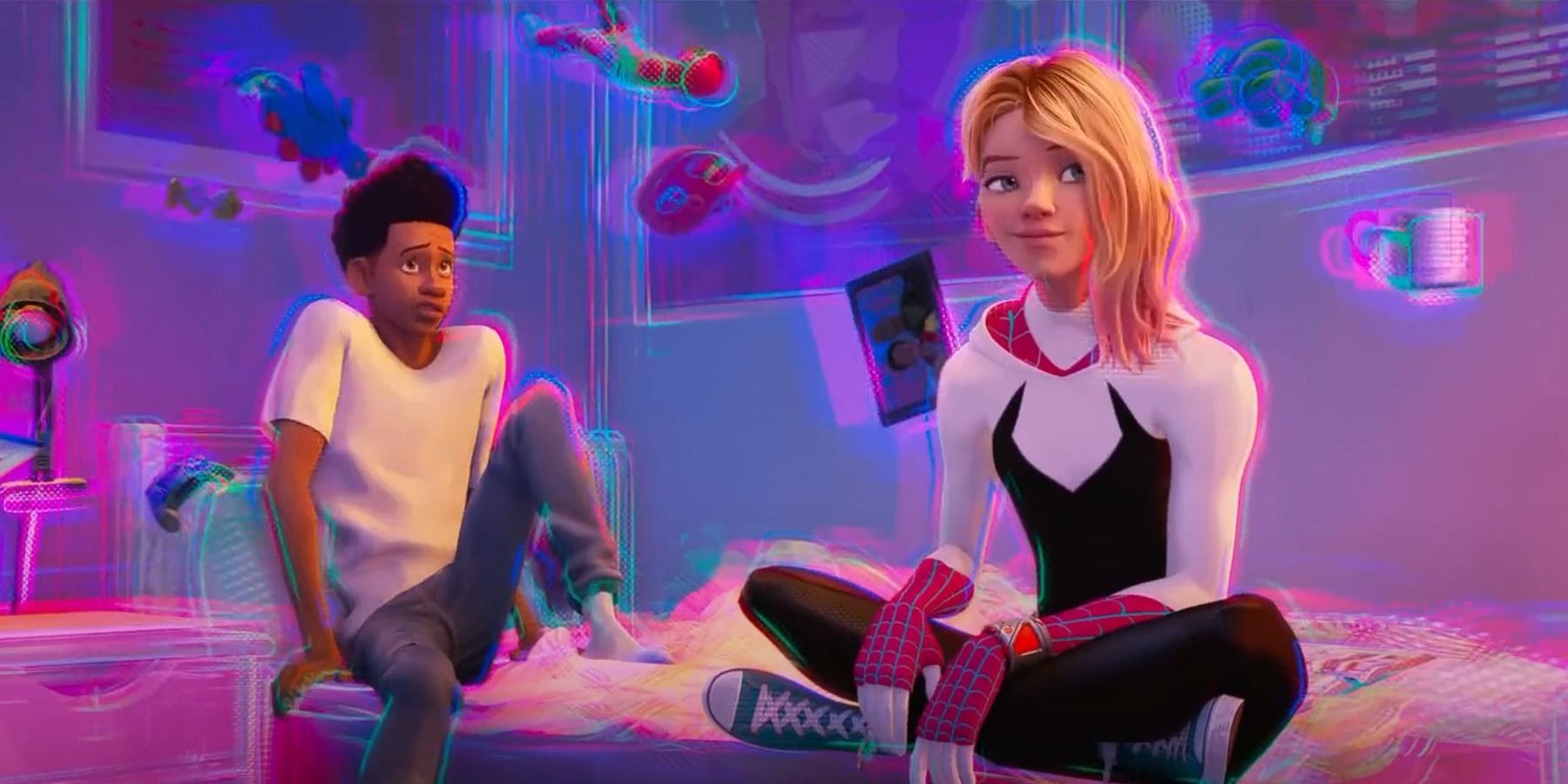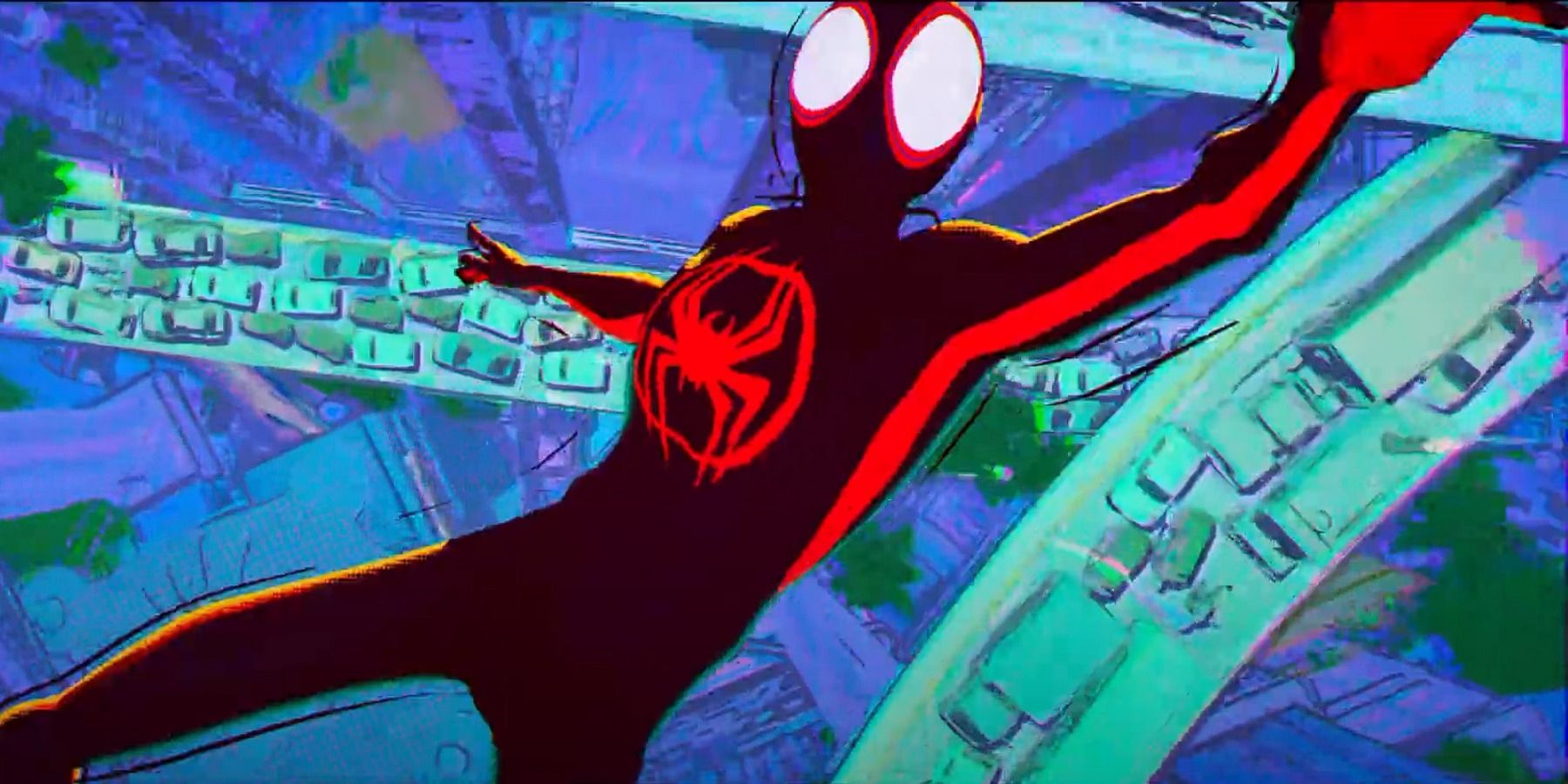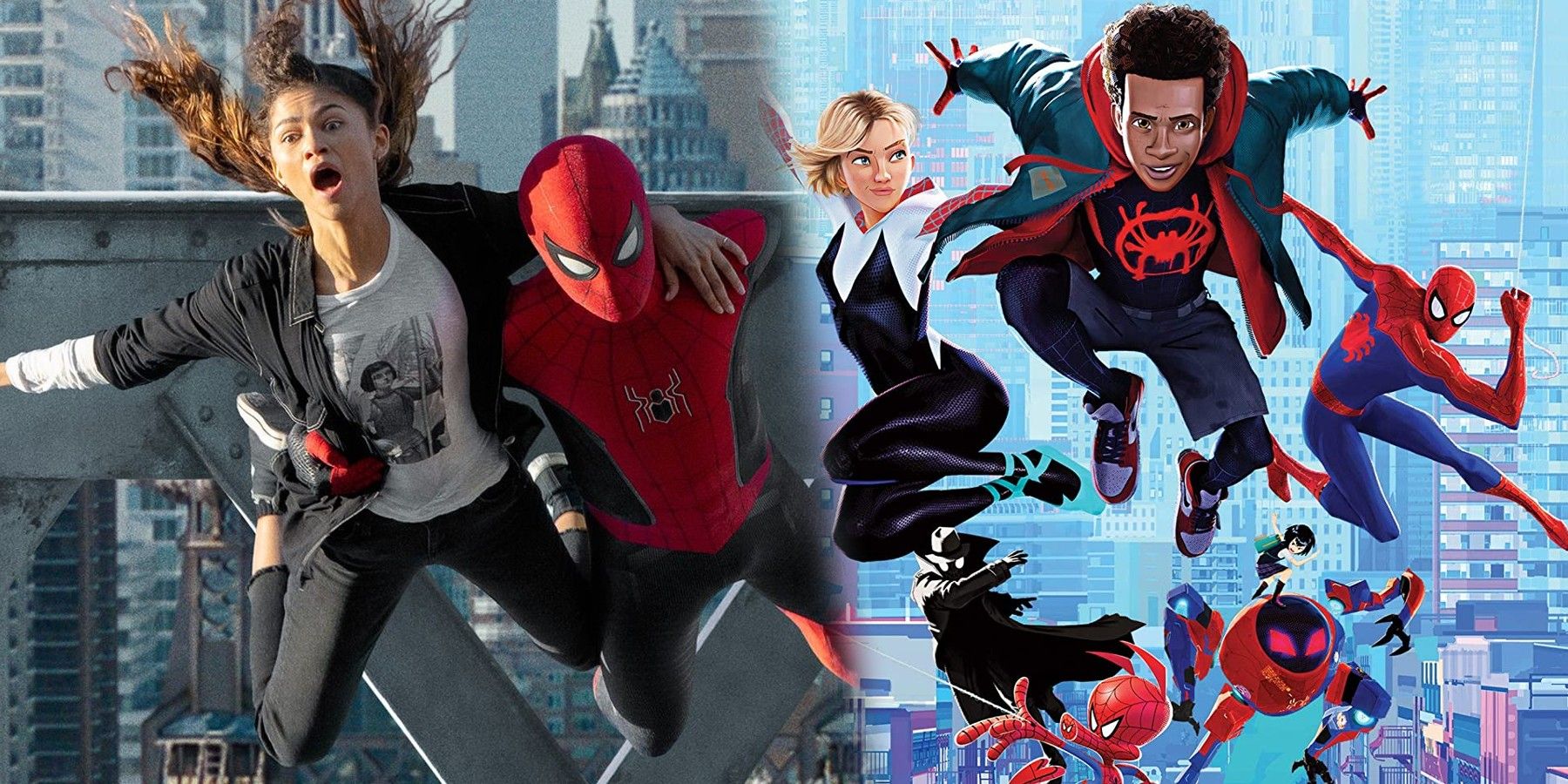It seems that whenever Sony is in trouble the studio can always count on Spider-Man to save the day. That was the case in 2018 when Spider-Man: Into the Spider-Verse outclassed Venom in what still is considered one of the finest superhero movies out there.
So, logic would dictate that if one Miles Morales adventure was good then more would be even better and that appears to be the plan moving forward with Across the Spider-Verse finally being revealed as a two-part story again starring Miles Morales. However, taking into consideration recent precedents in Hollywood the move does raise the question of whether this approach is the right one for the up-and-coming Spider-Man.
Two-part Movies Are Becoming Rarer
The two-part film is a play that’s been slowly falling out of favor in Hollywood and this is mostly down to the combined end product often feeling like two completely different movies, especially with the added wait time audiences have to endure in between. Although Quentin Tarantino’s Kill Bill might offer a prettier look at the potential this type of approach can render, the truth is that the two-part blockbuster is often the result of attempts to adapt lengthy literary work in order to do it justice.
That’s at least one point of view because at the same time there’s also the widespread fear that studios can sometimes stretch stories to their limit just for the sake of achieving bigger financial gains. When The Hobbit became a three-part saga, this was one of the main criticisms the movies faced, and yet in the end it was Peter Jackson who doubled down on the creative benefits of that decision; on the other hand, original director Guillermo Del Toro was vehemently against that idea, feeling that two films were more than enough to do J.R.R. Tolkien justice.
While criticizing Jackson’s handling of the Lord of the Rings franchise is a big leap, it does help to illustrate a rather important point, Hollywood tends to shy away from segmented movies, unless written source material somehow calls for it. Even then, the outcome tends to leave fans with two clearly distinct films as is the case for best-sellers like Harry Potter and the Deathly Hallows, Twilight’s Breaking Dawn, or The Hunger Games: Mockingjay, who all got the two-part treatment with varying degrees of results in terms of faithfulness.
Nevertheless, in superhero land, there’s already precedent for a two-part story in Avengers: Infinity War and Endgame, movies that are radically different in the way they move towards their resolution, and that are also part of an even larger storyline. While it may be hard to find too many faults in the recipe for the second and fifth highest-grossing films ever (thanks Avatar), it’s possible to say that Infinity War and Endgame work despite being split into two, rather than because of it and that’s perhaps where Across the Spider-Verse can learn a few things.
Superhero Movies Are Perfect For Two-Part Stories
Provided Across the Spider-Verse can nail down the basics of keeping its core team of director, screenwriters, actors, visual artists, and composer there’s actually very little standing in the way of its two parts matching the success of Into the Spider-Verse. The main reason why is because superhero book movies rarely copy or adapt storylines from just one comic book, and instead they tend to take their fair share of creative liberties in order to make them more palatable for mainstream audiences.
That is to say, a movie like Across the Spider-Verse doesn’t have to worry about delivering fans a satisfying adaptation of J.K. Rowling’s work, it only has to become the best Spider-Man story it can be with an ample selection of Spider-Mans to choose from, as well as their opposing villains. On top of that, the fact that Spider-Man lends itself so well to the multiversal plots that Into the Spider-Verse and No Way Home have already pushed forward is in itself an invitation for these two films to further explore more of this side.
What little is known about the movie as of now suggests Miles will be traveling to Miguel O'Hara's Earth-928 reality but, if the first movie is any indication, Across the Spider-Verse could feature more obscure Spider-Man like India's Pavitr Prabhakar and Japan's Takuya Yamashiro as teased in the movie's shifting logos. Across the Spider-Verse already has five confirmed web-swingers, and judging from the trailer more Spider-Men will join them.
Of course, there are certain pitfalls to watch out for, for example not overcrowding Across the Spider-Verse with so many different villains chasing different agendas like in Spider-Man 3, but No Way Home lays out a solid blueprint to solve those mistakes by giving is Sinister Five a common goal to chase after. So even if two full movies allow for plenty of time to flesh out all those Spider-Man baddies that haven’t gotten their chance in live-action format, that alone isn’t reason enough to go for it.
As more details about the film’s plot start to be unveiled, fans will get a better sense of exactly why these movies have been split into two, but no matter the reason it’s a good idea to remember what made Into the Spider-Verse so special in the first place and use it as the foundation that ties it all together, especially if Sony is keen on bringing Miles Morales and the MCU's Peter closer.
The animated Miles Morales is a great Spider-Man due to his story fitting the quintessential plot and struggles originally conceived by Stan Lee for Peter Parker, all wrapped inside a gorgeously animated package. As long as Miles continues to grow in Across the Spider-Verse just like Peter does in his MCU movies, fans should rejoice they’re getting two movies instead of just one.





